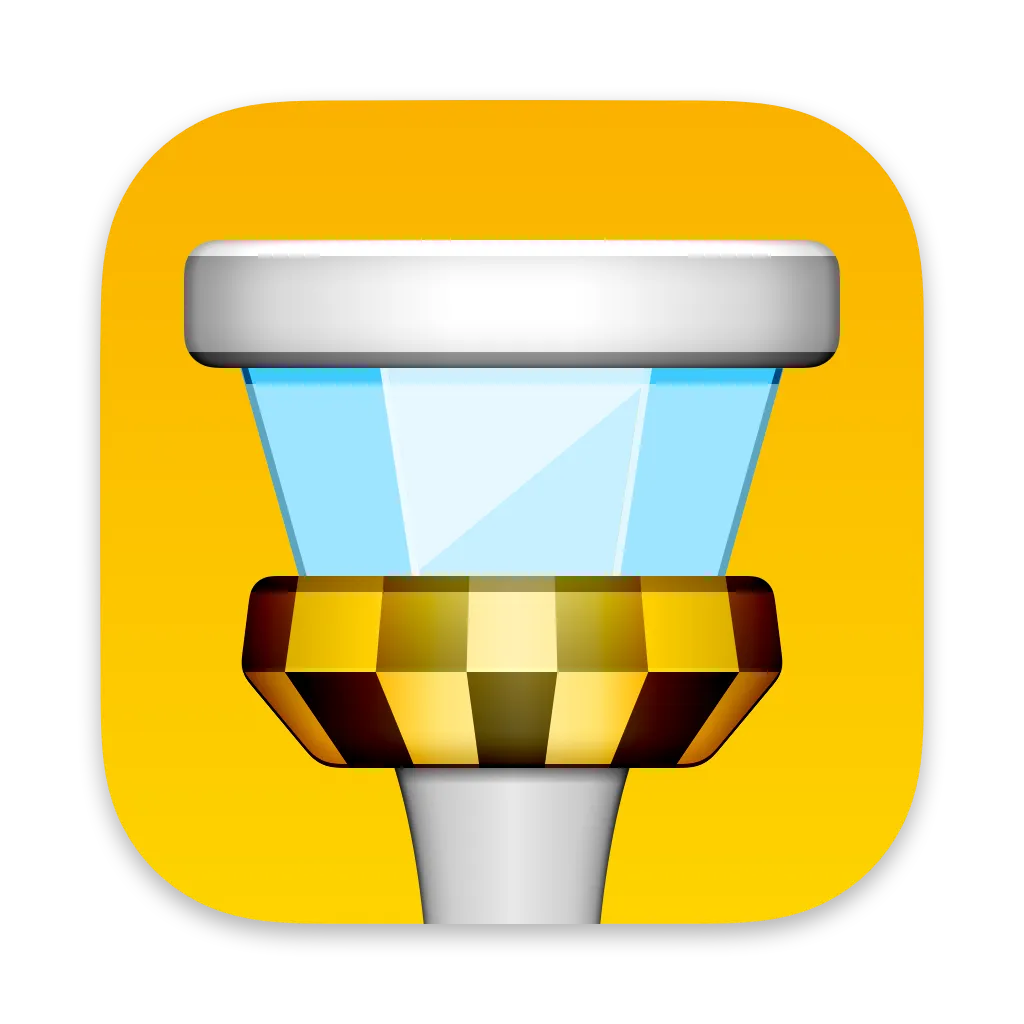Covers of the Future

I’m old enough to remember the great laments aired when vinyl started to die it’s still ensuing slow death, how would musicians and their artists still be able to shrink their exquisite works of art down from a whopping 12” to XX CD inlays. Well, unsurprisingly they coped, they managed, they learnt new tricks and still created a mixed bag of wondrous masterpieces and piles of crap. There have been some classic Album covers that I feel wouldn’t have even worked on vinyl. Radioheads’ ‘OK Computer’ is one example, pop out the CD holder and you find a wealth of extra art lurking beneath the surface. Not forgetting cardboard covers, flexipacks and a wealth of DIY efforts that were far simplified by the smaller size of a CD. CD bodies themselves also offer an extra surface for artwork that previously never existed, not to mention those more adventurous musicians who add bonus material through the extended CD format.
Fast forward twenty years and we’re going through the same debate and unnecessary laments again, as physical music releases are starting to die a slow and painful death, artists and musicians are once more wondering what will happen to their ever important artwork. Lets face it, on shelves and even virtual shelves, it is often artwork that tempts the casual browser to buy your product and not one of the thousands of other options surrounding it, artwork is needed to grab peoples attention and draw them in. Perhaps a couple of years ago when the vast majority of music downloads were illegal, either ripped from borrowed CD’s or found lurking on file sharing networks, artwork would tend to become separated from the music and most wouldn’t care about it. Now with increased disc space to cope with megabytes of artwork files, and most crucially, portable music players with larger colour screens, digital music artwork is experiencing a rapid and overdue renaissance and has by no means killed the need for artwork.
However as far as I can see, there are a few challenges and potentials with this new and exciting medium that may or may not have been written about, but you’ve got this far, so you might as well continue.
The main challenge is how to cope with artwork that could be viewed in glorious full size colour, potentially even larger that 12” vinyl on some fancy 27” computer screen, but also make it clear and recognisable at something as small as 64 x 64 pixels. Complex and intricate artwork could no longer be suitable in all digital situations, with clear and concise artwork the flavour of the day.
One feature digital artwork offers that has not previously been possible is the ability to attach images to individual tracks instead of album wide. With each track potentially having it’s own artwork, this opens up a wealth of interesting creative ideas, reinforcing the refocussing that downloadable music has already caused, from albums to tracks.
There are a lot of people out there who love liner notes, spending time perusing lyrics, studying production notes and the bunches of random photos generally found filling up CD booklets. There are others who couldn’t give two stuffs about what guitars the band played and what sunglasses they were wearing whilst touring Japan, considering the booklet an annoying waste of paper that means you can’t close the Jewell case properly. Thankfully a lot of musicians who have embraced digital downloads are already providing links to optional liner notes and with the advent of new technologies such as iTunes LP (ironic title) it could be that artists can choose to charge a little extra if fans want to buy album related material or not.
For budding musicians out there keen to jump on the next bandwagon before the music industry hijacks it, how does one go about attaching digital artwork to your music? Well, thankfully it requires no extra tools or hours than those already employed in making traditional artwork, in fact even less, as you don’t have to worry about printing it any more. Once artwork has been created in your favourite image editor (further support the legal open source revolution by using GIMP) it’s generally a case of pasting or attaching the image files (dependent on what you use to create your music files) to the information window on your tracks, i.e. the same place where you enter artist and track names.
So what are you waiting for?
If it’s that easy, don’t just paste some shrunk down version of your CD release’s artwork that looks crappy and unintelligible into your digital releases. Sit down, think, let your creative juices flow, have some fun and work out a few novel ideas, legal music downloads have empowered musicians to easily get their music out to fans who have been surprisingly quick and accepting of the format. Don’t just make your downloadable tracks direct rips of physical releases, make them different, unique and worth paying for, give a little back, your fans deserve it.
If you like what you're reading, support my work
Are you looking to make editing audio and video easier and more prowerful with a suite of AI-powerd features? Try Descript, I use it for editing all my podcasts and you can to!
Download Descript
Grapple git without the grief and try Tower, the best graphical interface for git on macOS and Windows.
Try Tower for free